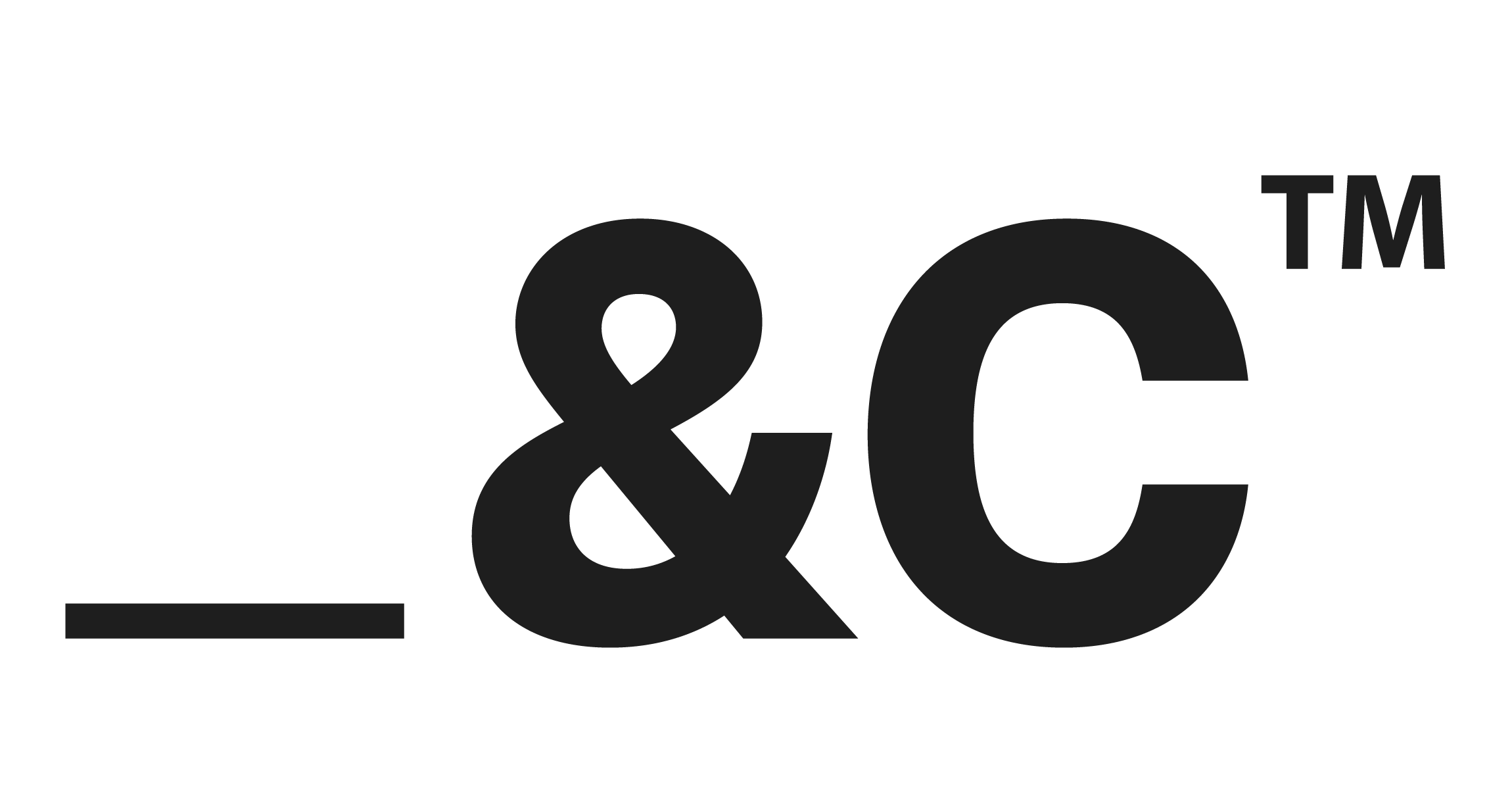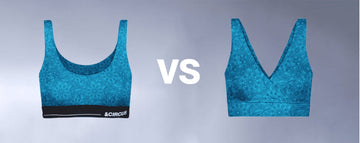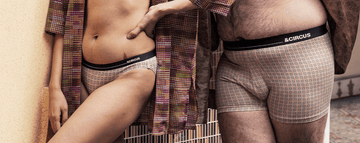Quick Listen:
In 2011, Camila Coelho, a Brazilian makeup artist, uploaded a YouTube video teaching friends how to master a cat eye. It was a modest beginning, driven by enthusiasm rather than ambition. Yet, as Vogue Business recounts, those early tutorials launched Coelho into a new realm of influence, where her 10.4 million Instagram followers now track her every move from Chanel runway appearances to partnerships with Lancme. Her journey reflects the rise of the influencer economy, a force that's not only transforming fashion but also redefining consumer priorities, particularly around sustainability.
Influencers like Coelho are no longer just peddling products; they're advocating for a cause that resonates deeply: sustainable fashion. By promoting eco-friendly materials and ethical production, they're guiding the industry toward a future where style doesn't harm the planet. This aligns with brands like Tailor and Circus, which prioritize inclusive, sustainable innerwear, challenging the wasteful norms of fast fashion. But how did influencers become such pivotal players, and what does their influence mean for an industry often criticized for its environmental footprint?
The Surge of Sustainable Fashion
The data is striking. The global eco-conscious fashion market, valued at $9.5 billion in 2024, is set to reach $23 billion by 2032, with a robust 12.5% annual growth rate, per Future Data Stats. This isn't a passing fad it's a seismic shift. Influencers are leading the charge, making sustainability a hallmark of modern style. On platforms like Instagram, TikTok, and YouTube, hashtags such as #SustainableFashion and #SlowFashion have become anthems for millions seeking clothing that aligns with their values.
Consider Doina Ciobanu, a sustainability advocate appointed by Austrian brand Wolford as its sustainability advisor. As reported by Vogue Business, Wolford aimed to attract younger audiences by leveraging Ciobanu's authentic voice to highlight its environmental efforts. Her role goes beyond aesthetics; she educates followers on material choices and water conservation, making sustainability both accessible and appealing. This is the influencer's power: transforming necessity into aspiration.
Transparency is another frontier. Influencers are pressing brands to reveal the origins and production processes of their clothing, fostering informed consumer choices. This push dovetails with global regulatory efforts, as a 2024 arXiv study on Dutch influencers notes, highlighting how undisclosed sponsorships are a growing concern, prompting stricter sanctions. Clear disclosures, such as using #ad, as enforced by the U.S. Federal Trade Commission since 2016, build trust, especially when influencers promote ethical brands like Patagonia or Reformation.
Tangible Influence
The impact is quantifiable. In 2024, influencer marketing drove social media to surpass paid search as the world's largest advertising channel, with $247.3 billion in global spending, projected to hit $266.92 billion by 2025. Fashion brands are capitalizing on this, with the fashion influencer market expected to reach $46.47 billion by 2031, growing at a 32.5% annual rate. In North America, brands employ AI and analytics to optimize campaigns, ensuring every influencer partnership delivers measurable returns.
Tailor and Circus exemplifies this trend. By focusing on sustainable, size-inclusive innerwear, it taps into a demand for fashion that's both ethical and personal. Influencers collaborating with such brands don't just market products they ignite discussions. Movements like #SustainableFashion have turned social media into a stage for ethical fashion, where a single post can inspire thousands to reconsider their purchases.
Inclusivity is equally critical. Influencers are advocating for size-inclusive fashion, aligning with Tailor and Circus's mission to celebrate diverse bodies. By sharing authentic stories, they're dismantling outdated industry norms, intertwining sustainability with inclusivity to create a holistic vision of modern fashion.
Navigating Challenges
Yet, obstacles loom. Greenwashing where brands falsely claim sustainability to boost sales is a persistent threat. Influencers must discern genuine eco-friendly brands from pretenders, as the arXiv study warns of regulatory crackdowns on misleading claims. Partnering with questionable brands risks an influencer's credibility, a lesson underscored by Wikipedia's note that some influencers fake sponsorships to gain clout, eroding trust.
Sustainability's staying power is another concern. The Influencer Marketing Hub points to disruptions, such as uncertainties around TikTok, that could destabilize the influencer ecosystem. If sustainability is reduced to a fleeting hashtag, its impact may wane. Authenticity remains paramount; for every Camila Coelho cultivating a loyal following, others take shortcuts that undermine the movement.
Seizing Opportunities
Despite these hurdles, the potential is vast. Brands like Tailor and Circus, rooted in genuine values, are thriving. Collabstr's 2025 report reveals brands spend approximately $202 per influencer collaboration, a decrease driven by a 93% surge in user-generated content creators. This influx empowers smaller, authentic voices to amplify brands with true sustainability credentials, fostering loyal customer bases.
Collaborations are transformative. Influencers partnering with ethical brands educate as much as they promote, with posts about organic cotton or recycled materials shaping consumer habits. The GlobeNewswire report highlights how Instagram and TikTok serve as global runways, amplifying trends and boosting brand visibility. For companies, this translates to growth in a market craving change.
Consumers are the catalyst. The demand for sustainable fashion is undeniable, offering brands like Tailor and Circus a chance to capture a growing segment of conscious shoppers. This isn't just about market share it's about building a legacy of responsibility.
The Road Forward
The future of fashion is undeniably green, with influencers as its visionaries. The Collabstr report underscores the rise of user-generated content creators, signaling a new era of storytelling that makes sustainability compelling. Brands must partner with influencers who embody authenticity, forging connections that resonate deeply.
Experts view this as a critical juncture. The Influencer Marketing Hub describes it as an inflection point, where technology and consumer expectations intersect. Brands like Tailor and Circus can lead by prioritizing genuine partnerships over transactional deals. The strategy is straightforward: understand your audience, champion their values, and let influencers amplify your mission.
Reflecting on the evolution from Coelho's early videos to today's eco-conscious posts, the progress is remarkable. Influencers are no longer just fashion icons they're catalysts for change. Each decision, from the brands we support to the influencers we follow, weaves a thread in the fabric of a more sustainable future. For an industry once defined by excess, this is a revolution worth celebrating.
Disclaimer: The above helpful resources content contains personal opinions and experiences. The information provided is for general knowledge and does not constitute professional advice.
You may also be interested in: innerwear
Uncomfortable underwear shouldn't steal your confidence. At Andcircus, we craft ultra-soft, sustainable Lenzing Modal Micro innerwear for every body, XS to 5XL. From briefs to bras, our custom packs fit you perfectly. Shop risk-free with our 100% satisfaction guarantee and embrace comfort that includes everyone. #LoveEveryBody. Shop Now!







































